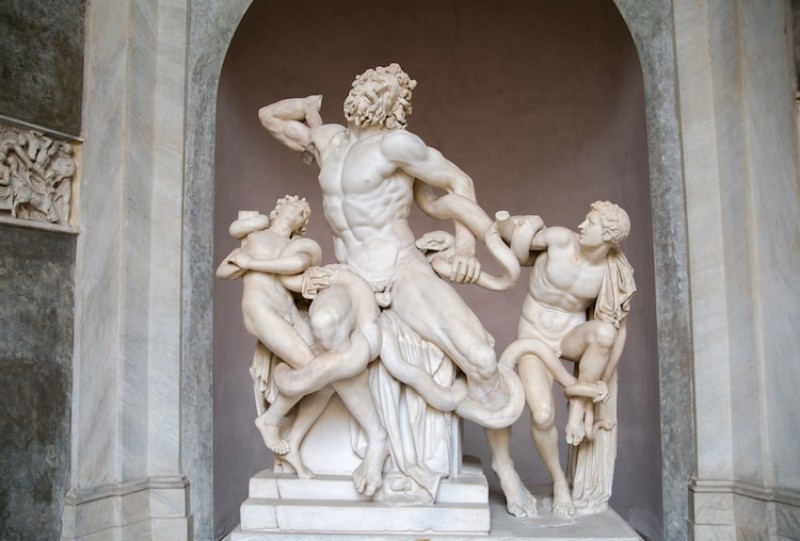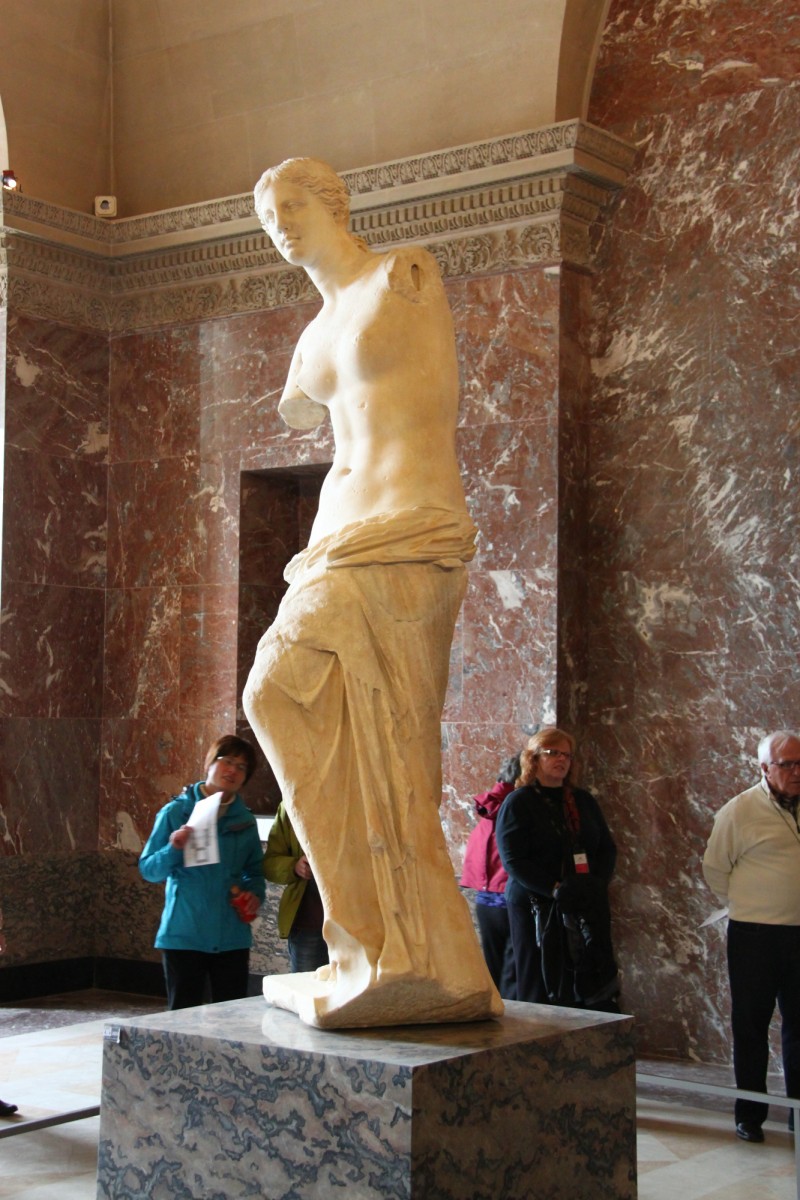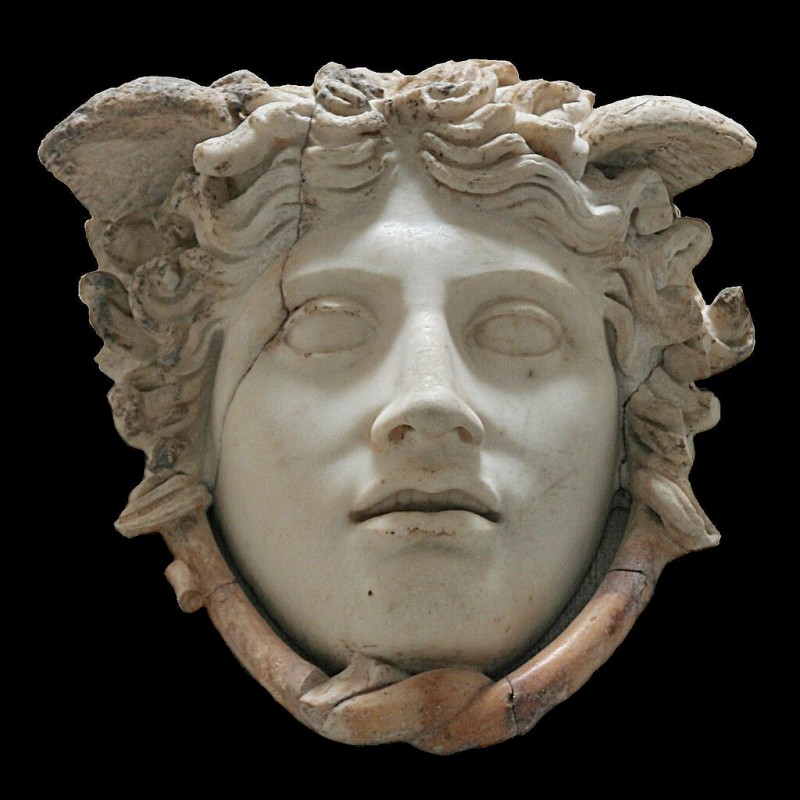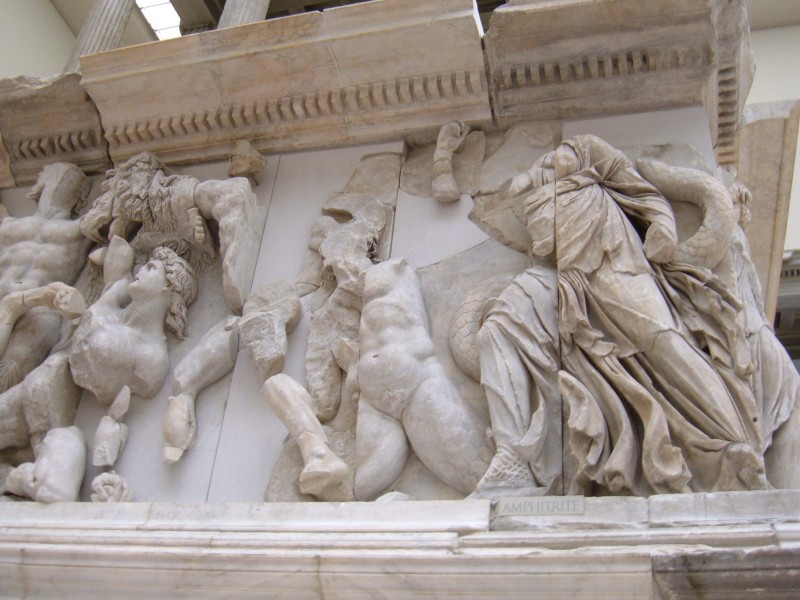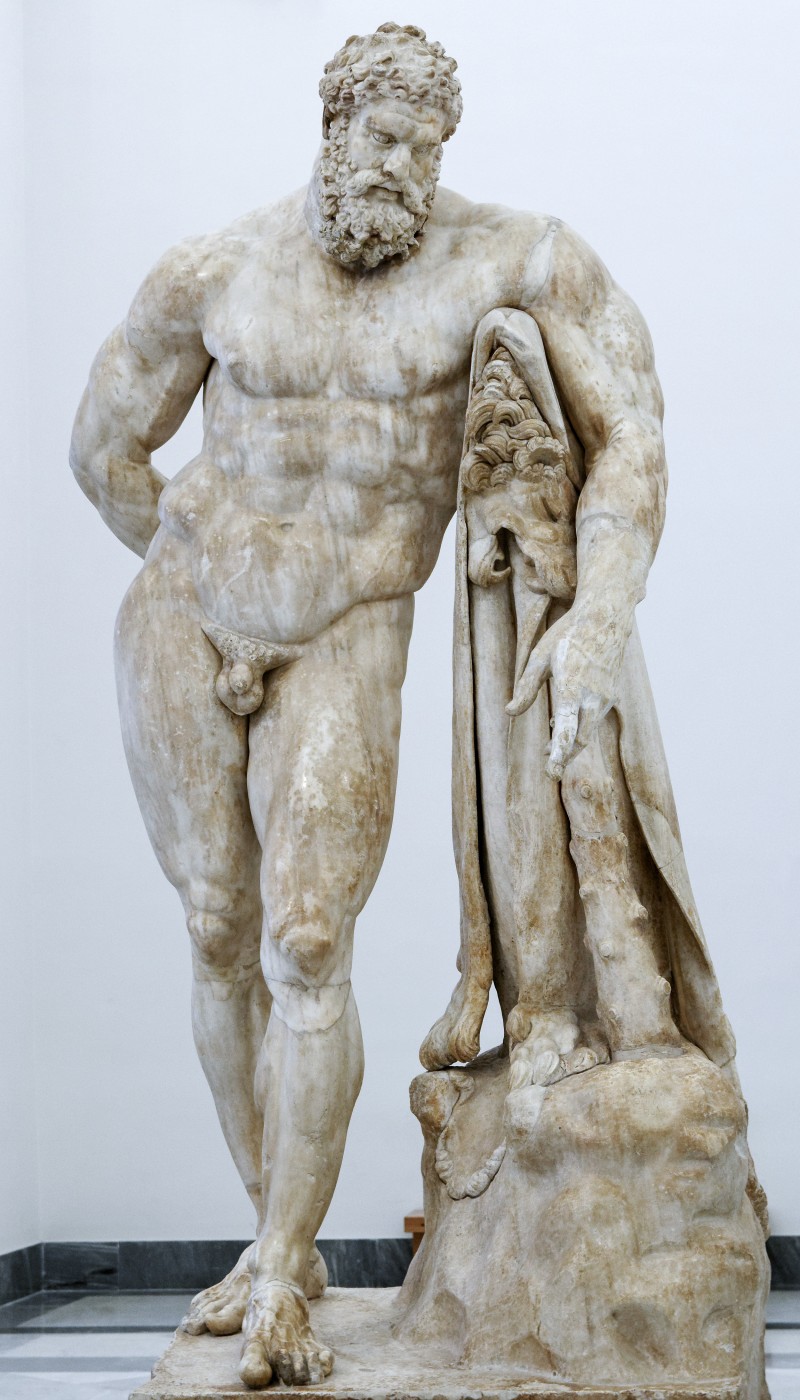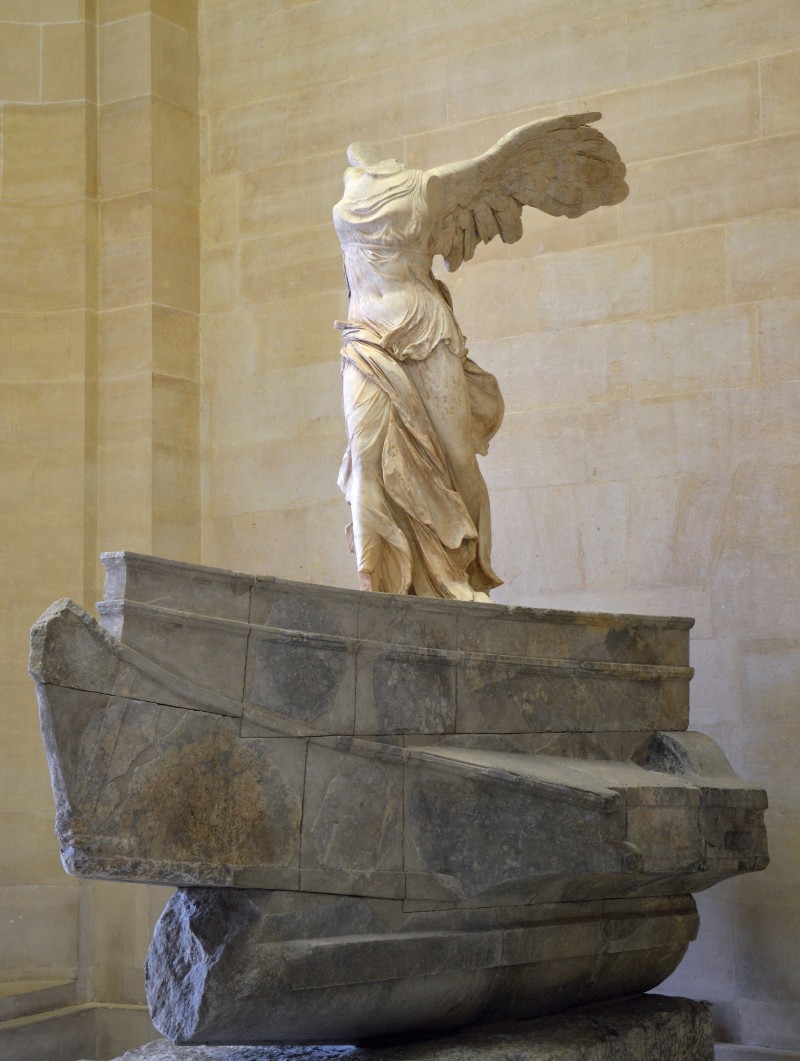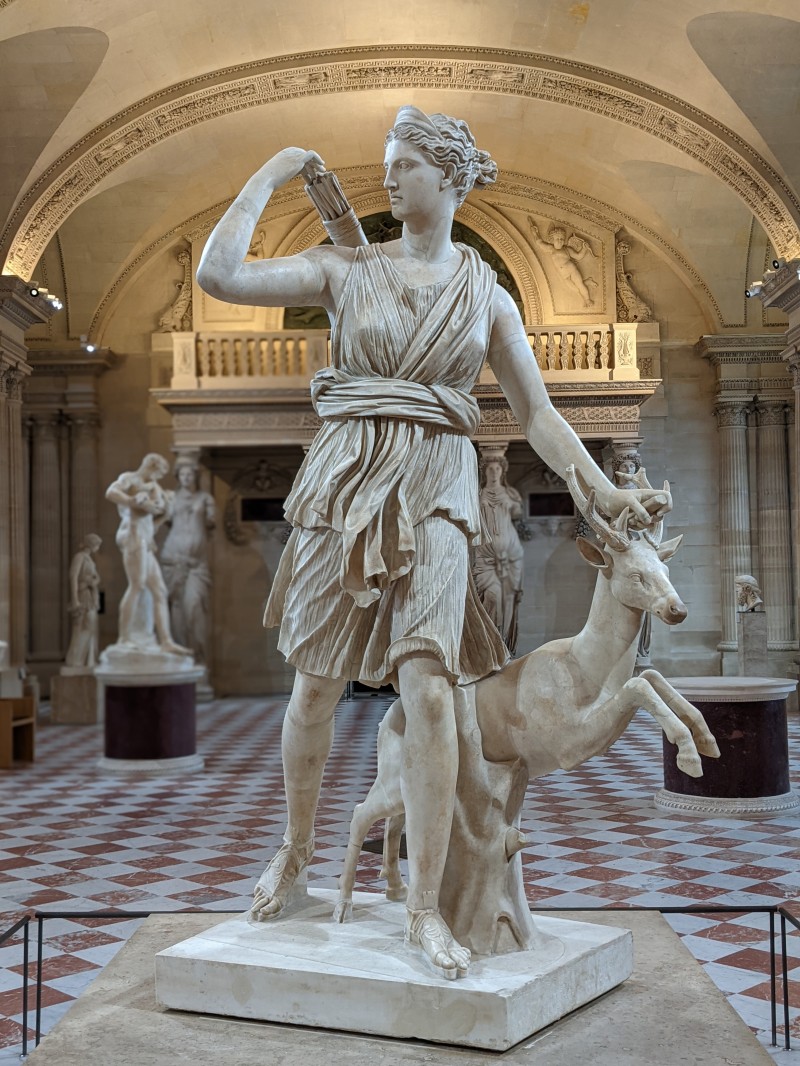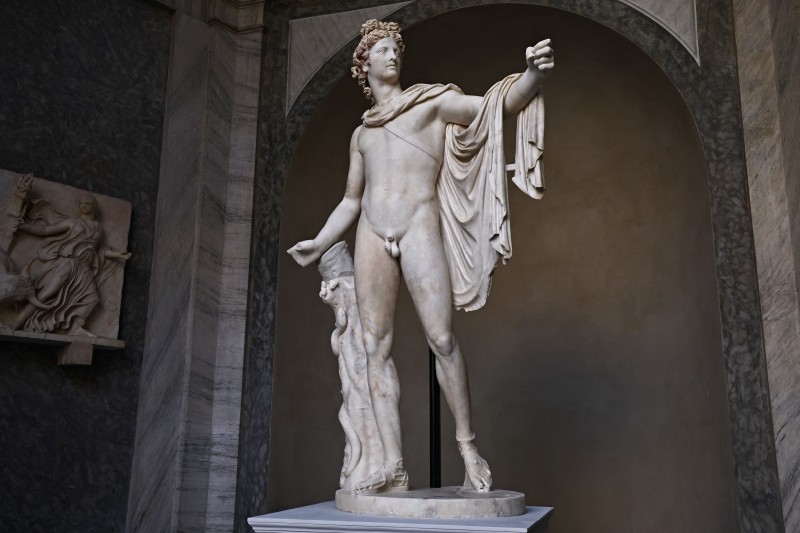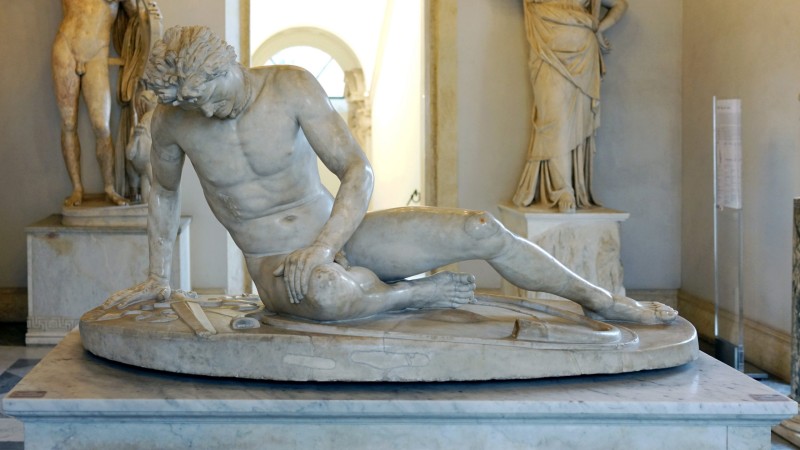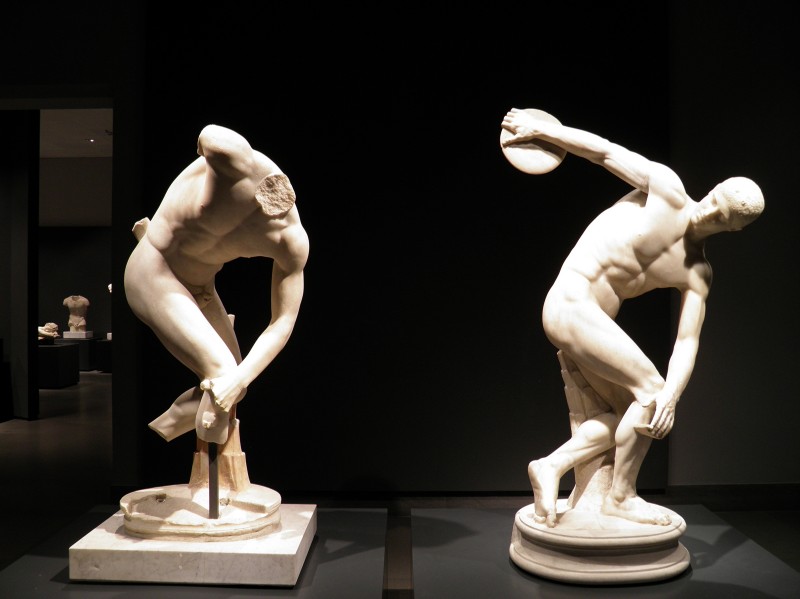Greek mythology has inspired countless works of art throughout history, and marble sculptures remain some of the most iconic creations. These masterpieces capture the drama, heroism, and beauty of ancient myths, showcasing gods, heroes, and legendary creatures. In this blog, we’ll explore ten must-see marble sculptures based on Greek mythology. Each piece is a testament to the artistry of the ancient and Renaissance worlds and the enduring power of Greek myths.
1. Laocoön and His Sons
Location: Vatican Museums, Vatican City
Myth: Laocoön, a Trojan priest, warned his people against accepting the wooden horse left by the Greeks. As punishment, the gods (or Poseidon, in some versions) sent sea serpents to kill him and his sons.
Details: This dramatic sculpture depicts Laocoön and his sons in their final, desperate struggle against the serpents. The piece is renowned for its emotional intensity, intricate anatomy, and dynamic movement, making it one of the most famous representations of Greek tragedy.
2. Venus de Milo (Aphrodite of Milos)
Location: Louvre Museum, Paris, France
Myth: Aphrodite, the goddess of love and beauty, is often depicted as the epitome of divine femininity and grace.
Details: Discovered on the Greek island of Milos in 1820, this marble sculpture is celebrated for its elegant pose and sensuality. Though her arms are missing, the Venus de Milo remains a symbol of timeless beauty and one of the most famous sculptures in the world.
3. Medusa Rondanini
Location: Glyptothek Museum, Munich, Germany
Myth: Medusa, one of the three Gorgons, was cursed by Athena and turned into a monstrous creature with snakes for hair. Anyone who looked at her directly would turn to stone. She was eventually slain by the hero Perseus.
Details: This sculpture offers a serene and tragic interpretation of Medusa’s face, emphasizing her humanity rather than her monstrosity. It’s a stark contrast to the usual fierce depictions and reflects the duality of her story.
4. The Pergamon Altar: Gigantomachy Frieze
Location: Pergamon Museum, Berlin, Germany
Myth: The frieze depicts the Gigantomachy, the epic battle between the Olympian gods and the giants who sought to overthrow them.
Details: Though technically a relief, this marble masterpiece is monumental in scale and storytelling. It showcases gods like Zeus and Athena in dynamic combat, capturing the chaos and grandeur of the mythological war.
5. The Farnese Hercules
Location: National Archaeological Museum, Naples, Italy
Myth: Hercules (Heracles in Greek mythology), the son of Zeus, is known for his immense strength and the completion of the Twelve Labors, a series of seemingly impossible tasks.
Details: This colossal marble sculpture depicts Hercules resting after completing one of his labors, leaning on his club, draped with the skin of the Nemean lion. The exaggerated musculature emphasizes his divine strength and heroic stature.
6. Nike of Samothrace (Winged Victory)
Location: Louvre Museum, Paris, France
Myth: Nike, the goddess of victory, was often depicted as a winged figure who brought success to gods and mortals alike.
Details: Though missing her head and arms, this marble sculpture captures the goddess mid-flight, her drapery rippling as if in the wind. It is a masterpiece of movement and energy, symbolizing triumph and grace.
7. Artemis with a Deer (Diana of Versailles)
Location: Louvre Museum, Paris, France
Myth: Artemis, the goddess of the hunt, wilderness, and moon, is often portrayed with a deer, one of her sacred animals.
Details: This Roman copy of a Greek original features Artemis in a dynamic pose, reaching for an arrow, with a deer by her side. It beautifully conveys her role as a protector of animals and nature.
8. Apollo Belvedere
Location: Vatican Museums, Vatican City
Myth: Apollo, the god of music, prophecy, and the sun, was one of the most revered deities in Greek mythology.
Details: This marble statue depicts Apollo as the ideal of youthful beauty and divine grace. His relaxed stance, with a flowing cloak and a quiver of arrows, makes him a symbol of harmony and balance.
9. The Dying Gaul
Location: Capitoline Museums, Rome, Italy
Myth: This sculpture depicts a Gallic warrior in his final moments, believed to be part of a larger composition showing the defeat of the Gauls by the Greeks.
Details: Though not directly mythological, it reflects the Greek ideals of heroism and honor, even in defeat. The realism and emotion in the warrior’s face and posture make this piece unforgettable.
10. The Discus Thrower
Location: Roman copies in various museums (e.g., British Museum, National Roman Museum)
Myth: While not tied to a specific myth, this sculpture celebrates the athleticism and discipline valued in Greek culture, often associated with the idealized human form.
Details: Created by Myron, this masterpiece captures a discus thrower in mid-motion, embodying the Greek pursuit of physical perfection and harmony.
Greek mythology has left an indelible mark on art, with marble sculptures serving as some of the most enduring and awe-inspiring artifacts of this legacy. From gods and goddesses to heroes and myths, each piece tells a story of divine power, human struggle, and artistic genius.
If you’re inspired by these Greek masterpieces, consider adding a piece of historical art to your collection. High-quality replicas of these sculptures are available for enthusiasts who wish to bring the beauty of Greek mythology into their homes. Contact us to explore more marble statues!

